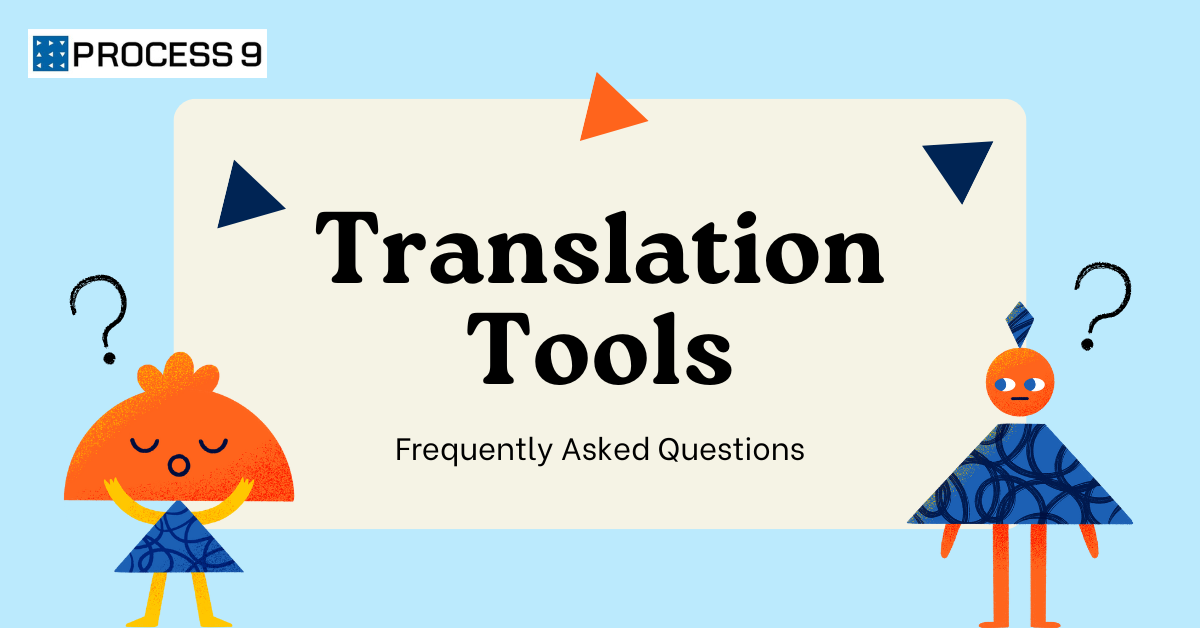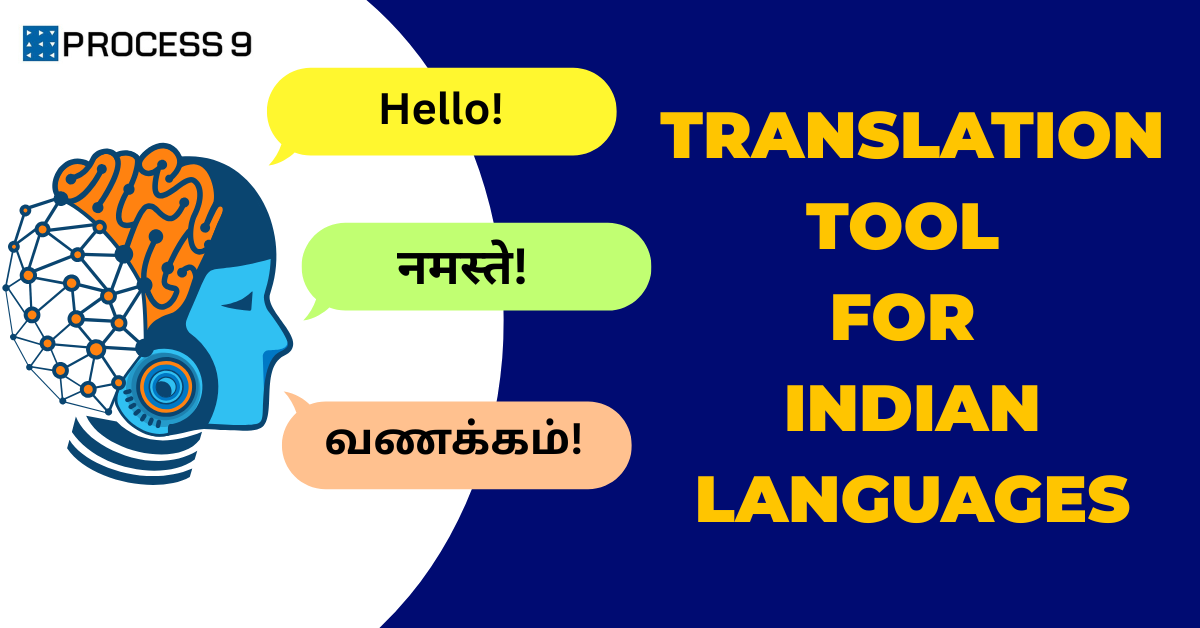There is no debate that local languages dominate the hearts and minds of India. Whether it’s how we consume our news, movies, or entertainment, local languages have always trumped English. Dainik Jagran still holds the number one position in newspapers based on circulation and Star Sports Hindi was the most viewed TV channel in 2019.
Which language rules the internet in India?
The internet however, did not display the same behaviour, until the last 4-5 years. Many argued that Indian internet was primarily “by the English-speaking, for the English-speaking”. However, the 2017 report released by Google and KPMG on the Internet in India established beyond doubt that Indian language internet users had overtaken their English counterparts, so much so that by 2021, they will constitute 75% of the predicted 735 million total internet users in India.
Indic first content platforms like Daily Hunt (10Mn DAUs) and Sharechat (60Mn MAUs) grew with investor support, and are well on their way to join the unicorn club on the back of an Indian language user base.
Show me the money
However, businesses and investors alike were waiting with baited breath to see how to monetize this huge user base. The events of Nov 8, 2016 breathed new life for digital payment platforms. Mobikwik and Paytm localized their wallet apps literally overnight, to suit up for an unprecedented spike in user acquisition and transaction rates. The advent of UPI became another game changer in the digital payments space. The sheer simplicity of usage, has enabled UPI to facilitate more transactions in the past 18 months than the country’s credit cards did in 18 years. Innovative fintech start-ups offering attractive loans without extensive paperwork are also enabling first time users get access to credit and upgrade to premium products.
Today, e-commerce giants Flipkart, Amazon & Snapdeal are taking many steps to fulfil their growing order volume from tier 2 and 3 cities. In their last BBD sale, over 50% of Flipkart Plus shoppers and 60-70% of Flipkart’s business came from tier 2 cities and beyond. In the last GIF, Amazon saw 91% of its new customers coming from these towns. In early October of 2019, Snapdeal’s Snap-Diwali sale saw 92% orders coming from non-metros.
Both Amazon & Flipkart released Hindi on their app last year and are adding more languages soon. Snapdeal too has enabled Hindi voice support on their app and will soon be re-launching language support.
The trends are the same beyond traditional e-commerce. 60% of Policybazaar’s 100 million active users are coming from non-metros. Interest in their two-wheeler insurance rose 3x when they started selling policies in Hindi. Indian language internet users are expected to contribute 35% of $4.4 billion digital ad spend in the country, notes Google. It’s gearing up to support 11 Indian languages on its ad platforms.Today, 25% of Paytm’s users transact in regional languages, while 50% of its user base comes from tier 2 and 3 cities.
Be there or miss out
It is safe to say that ‘Indic internet’ has finally arrived. All the predictions, expectations, anticipations from the last 4-5 years have become the reality of the day. The present and future of digital growth in India will be in local languages. Indian language internet users are ready with their wallets and will only trust you if you talk to them in their language. Businesses that localize today, will get a first mover’s advantage in capturing, and winning this market. Those who choose to wait any longer, will not only arrive late to the party, but may even stand a chance of missing out on the invite altogether.







Share: